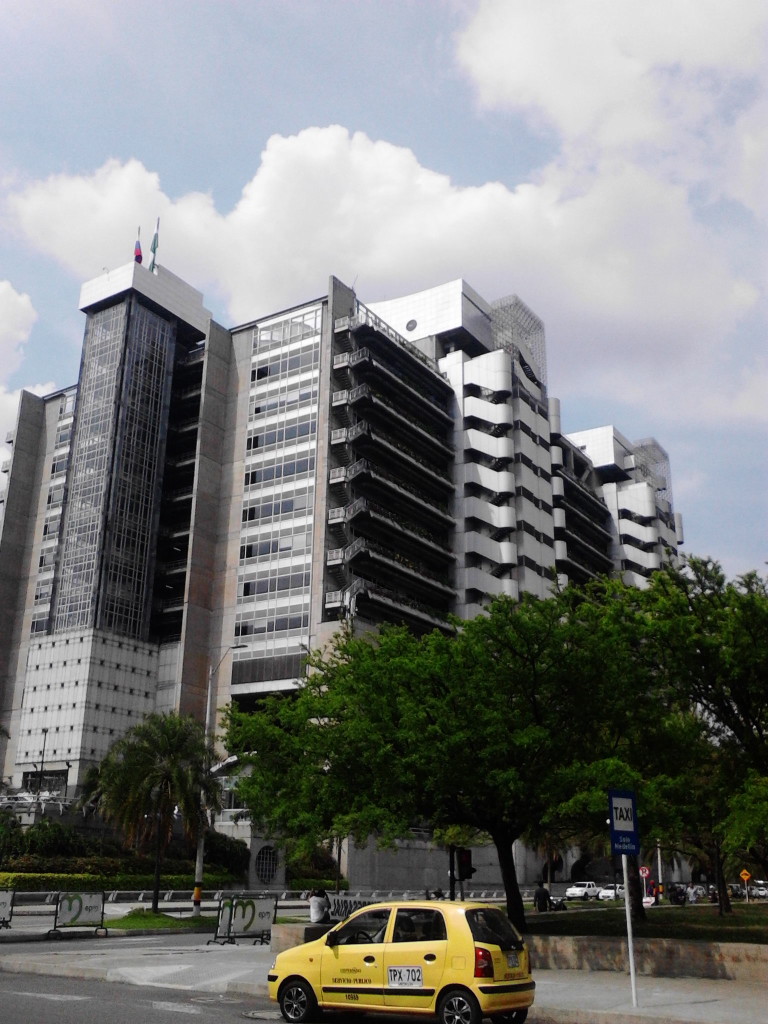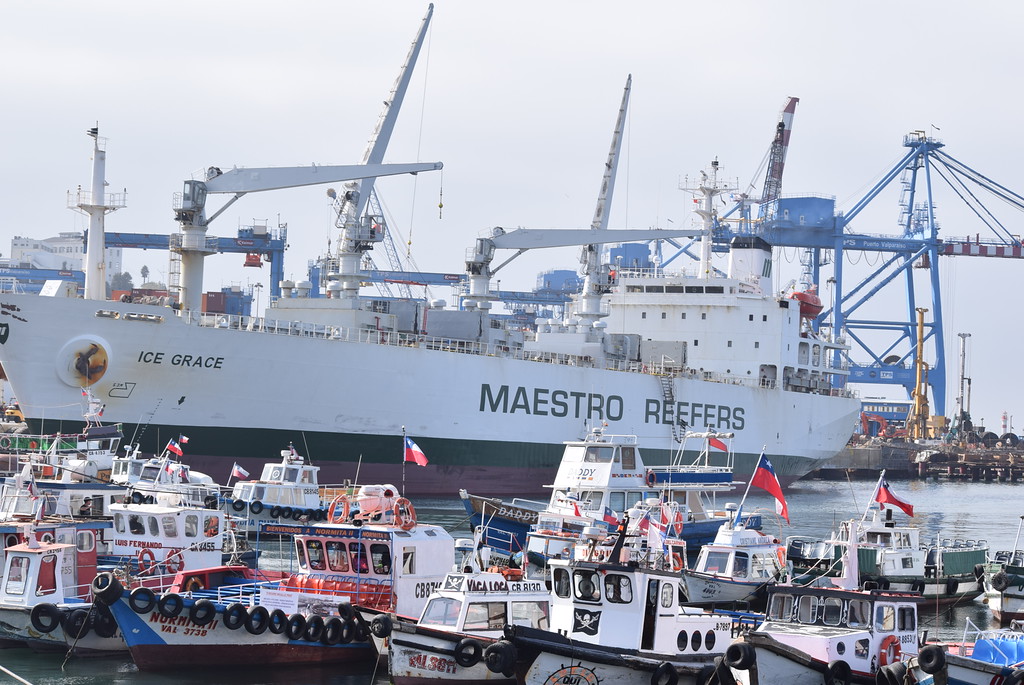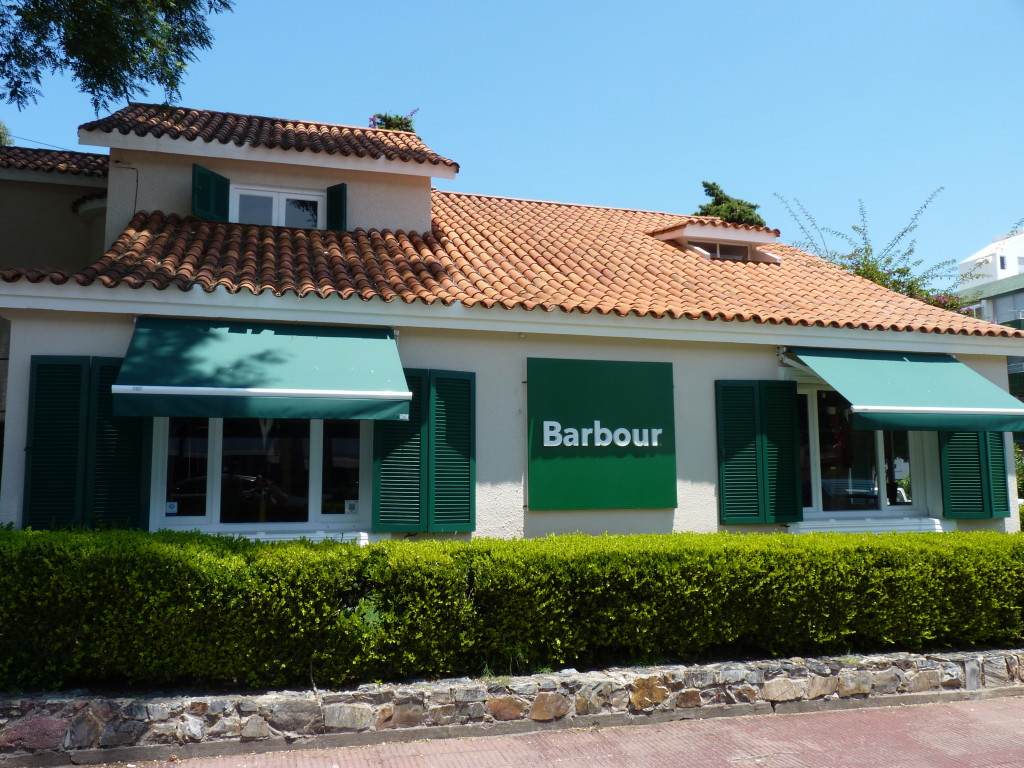Latin America has some very big countries, and some very big cities, too. It’s almost impossible not to get dazzled by megapolis such as Mexico DF, Sao Paulo, Buenos Aires or Bogota. A lot of decision makers are based in these cities, they are markets the size of a whole country (Sao Paulo is at least twice as big as Scotland in terms of population) and they offer huge opportunities.
However, they are congested, can be impersonal, difficult to manage and just too much to tackle. You might need a slightly smaller market to test your product/service, or a more affordable base away from the hustle and bustle. This is where lesser-known, “secondary” cities can play a part. Also, they are quite handy for when you’ve exhausted the biggest metropolis, or when they have exhausted you!
Colombia is a prime example of this, and cities like Cali, Medellin or Barranquilla can really offer what Bogota can lack: a more manageable size, and (usually) less competition. Medellin has a very strong trade sector, Barranquilla can open doors to the Caribbean and Central America, while Cali can be your gateway to the Pacific.

Medellín
In Brazil, it’s the same story. Rio and Sao Paulo will concentrate your attention to start with, but Curitiba and Porto Alegre, for example, can be rather interesting, and Manaus can open doors to the Amazon and beyond.
Sometimes secondary cities have a particular strength, and many times this strength resides on a focus on a particular sector, often agriculture/livestock, or logistics/ports. This latter is the case of Valparaiso, Chile’s famous port. Tourism is another industry that if you are targeting, you will find that your attention quickly shifts from the capitals to places like Punta del Este (Uruguay), Viña del Mar (Chile) or Cartagena (Colombia).

Valparaiso
I also find that these secondary cities offer a lot of potential for growth since usually, for political and economic reasons, public and private actors focus on the capital/main cities, and there is still a lot to be done in these secondary cities for example in terms of infrastructure, airports, metros, energy, retail, education, utilities, and so much more.

Punta del Este
So next time you look at your key export markets in Latin America, look beyond the capital city. These secondary cities have a lot to offer. And the countryside does, too, but that’s for another post.
